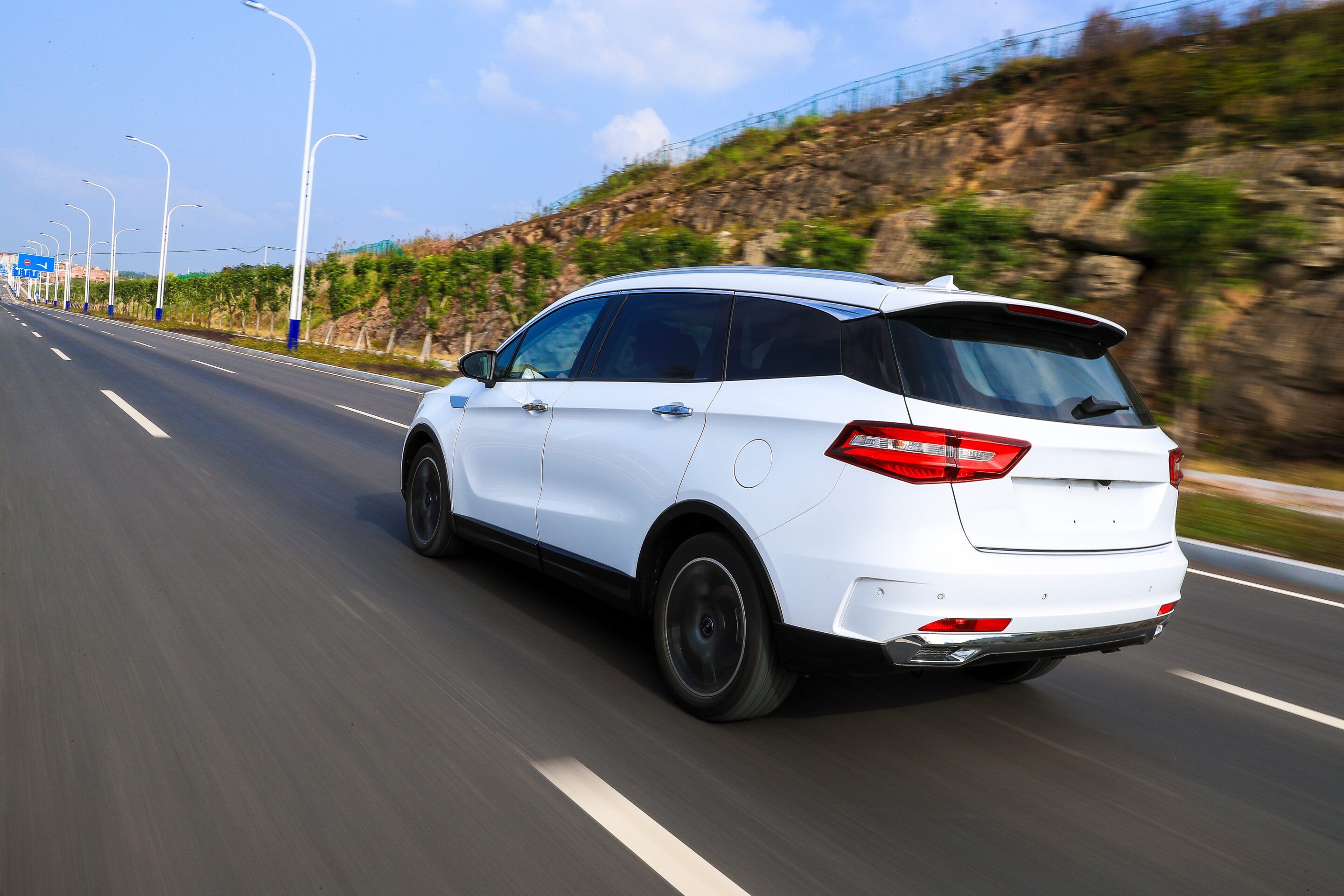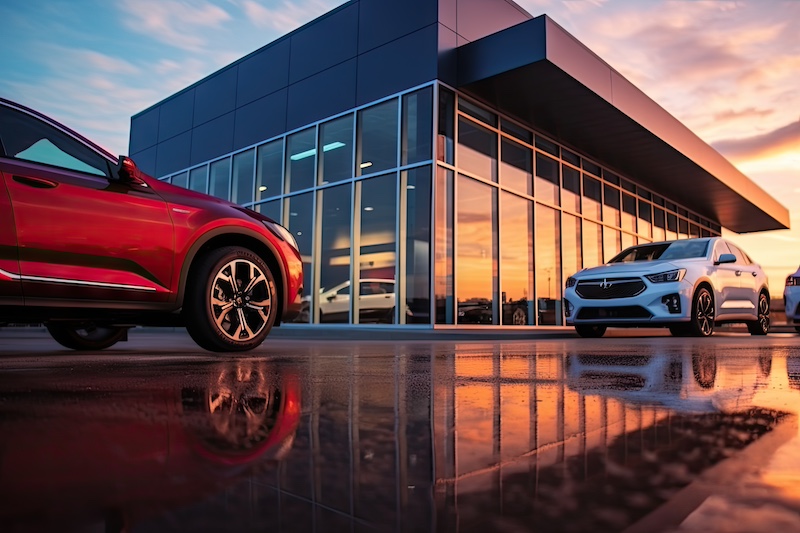A survey by financial services company Santander US found that a third of middle-income households making between $50,000 and $148,000 annually intend to buy a car this year.
A number of those weighing whether to buy have started taking action. About 65 percent have started researching options and 46 percent have visited a dealership, Santander officials said. Potential auto buyers indicate that decreases in cost of living and auto prices would be the biggest factors impacting the likelihood of making a vehicle purchase in 2025.
More than half—52 percent—of middle-income households delayed purchasing a vehicle in the past year because of costs, Santander said of those polled in the fourth quarter of 2024. That’s up slightly from 50 percent at the same time a year earlier, Santander officials said.
Optimism in Economy
Tim Wennes, CEO of Santander US, offered U.S. consumers have entered 2025 “increasingly optimistic” with a sharp rise in confidence in the economy, supported by expectations for a stronger job market and lower inflation.

“Our research has shown a resilient consumer over the past few years, as households make necessary tradeoffs and prudent financial decisions to navigate financial pressures,” said Wennes in a statement released with the report. “As optimism spreads among households, we hope to see this translate into prolonged economic growth and improved consumer outcomes.”
Demand for Vehicles Continues
The bullishness on the economy is translating into consumer confidence in 2025, with 76 percent of middle-income households expecting their financial situations to improve and 74 percent believing they are on the right track. Expectations of a recession in the year ahead dropped 17 percentage points in the past year, while nearly two-thirds of middle-income households (64 percent) believe the job market will be stronger in 2025 and 6 in 10 expect inflation to improve, according to Santander analysis.
The Q4 Santander US study, which builds upon previous research, assessed middle-income Americans’ current financial state and future aspirations, with a focus on how current economic conditions have impacted their households. It also explored their financial relationships with previously identified drivers of prosperity.
Access to a vehicle remains essential to financial prosperity, with 81 percent saying it provides them flexibility in how and where they live, and the overwhelming majority (73 percent) relying on a vehicle to get to work.








